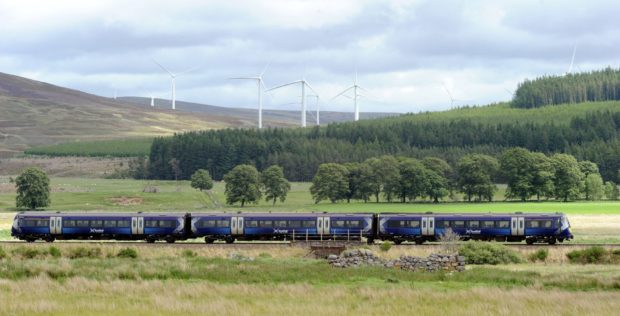In short – money.
ScotRail faced a shortfall between what it brings in and what it spends of £243.5 million in 2019/20.
Managers at the train franchise – which comes under Scottish Government control from March next year – believe only around £10 million of that is due to the pandemic and falling passenger numbers.
Passenger numbers dropped by as much as 90% during the first lockdown.
The company claims returning to a pre-pandemic level of service would cost the taxpayer something between £30-£40 million.
The only services in 2019-20 where its revenue was greater than its operating costs was the route between Edinburgh and Glasgow via Falkirk High.
Almost every other journey relied heavily on the public purse.
It says the average subsidy required per passenger journey was £2.55, while adding that does not include costs for operating, maintaining and renewing rail infrastructure.
Who are the winners and losers?
The franchise’s managers and the Scottish Government have announced a consultation on cutting the number of daily services from 2,400 to 2,100.
Perth, and its links to Inverness and the north, appear to be the big losers while Dundee will benefit from a more regular service to Glasgow.
The company argues that it was providing far more seats than passengers required on too many routes.
Its analysis shows under five and a half million passenger journey miles were completed on a typical weekday in Scotland – just 23 per cent of the available number of seats.
Cutting services will allow the company to improve punctuality and reliability of services, its argument goes.
It has also defended the plans on climate grounds – a point that is likely to be contested by green campaigners who argue better public transport links are key to combating climate change.
ScotRail managers say restoring their pre-pandemic timetable would result in its trains operating 26 million more vehicle miles each year, generating emissions for little customer benefit.
